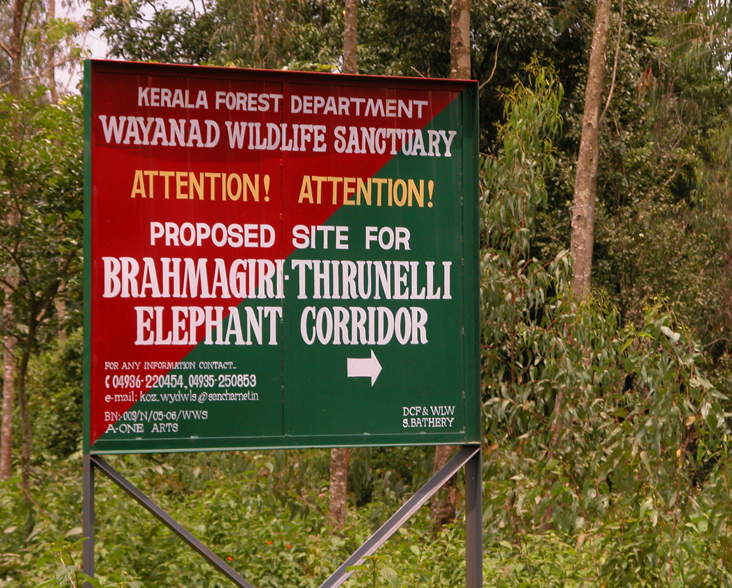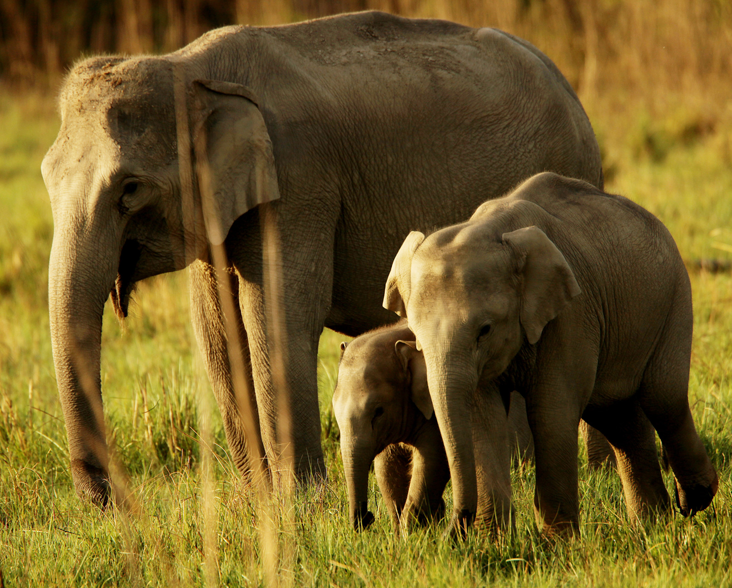Tirunelli-Kudrakote Corridor
Ecoregion: Dry Deciduous Forest
Key Species: Indian Elephant, Bengal Tiger, Gaur, Malabar Parakeet, Nilgiri Tahr
Tirunelli-Kudrakote Corridor lies in an area considered to be a global biodiversity hotspot in a transition zone between the drier forests to the north and the wetter montane rain forests in the south. Just over 6,000 Elephants live within the corridor- the largest population of elephants in the southern region of India.
The site in question is one of 88 corridors identified by WTI as traditional routes for elephants to move between forest areas. Covering approximately 2,200 acres, the corridor connects the Tirunelli and Kudrakote Reserve Forests and provides elephants with a safe passage between major wildlife sanctuaries in the region.

The protection of the Tirunelli-Kudrakote corridor was completed in 2012 following the phased, voluntary relocation of a number of villages away from the corridor.
The Tirunelli-Kudrakote corridor is now registered as a Reserve Forest, which provides it with legal protection. WTI continues to monitor populations of wildlife using the corridor.
The Wayanad region of Kerala is particularly important because it makes up part of the natural habitat used by Asia’s single largest elephant population. The region is also home to a number of other mammal species, including the Tiger and the Gaur.
The wider area of the Western Ghats region is a global biodiversity hotspot, supporting 10 endemic mammal species including Salim Ali’s fruit bat (Latidens salimalii) and a type of goat, Nilgiri Tahr (Nilgiritragus hylocrius). The area is home to 13 endemic bird species including the Malabar Parakeet (Psittacula columboides), also known as the Blue-winged Parakeet, and more than 50 per cent of the tree species are endemic to the region.

As well as benefiting villagers by moving them into areas with less human-wildlife conflict, the project also organised workshops to assist residents in developing sustainable livelihoods.